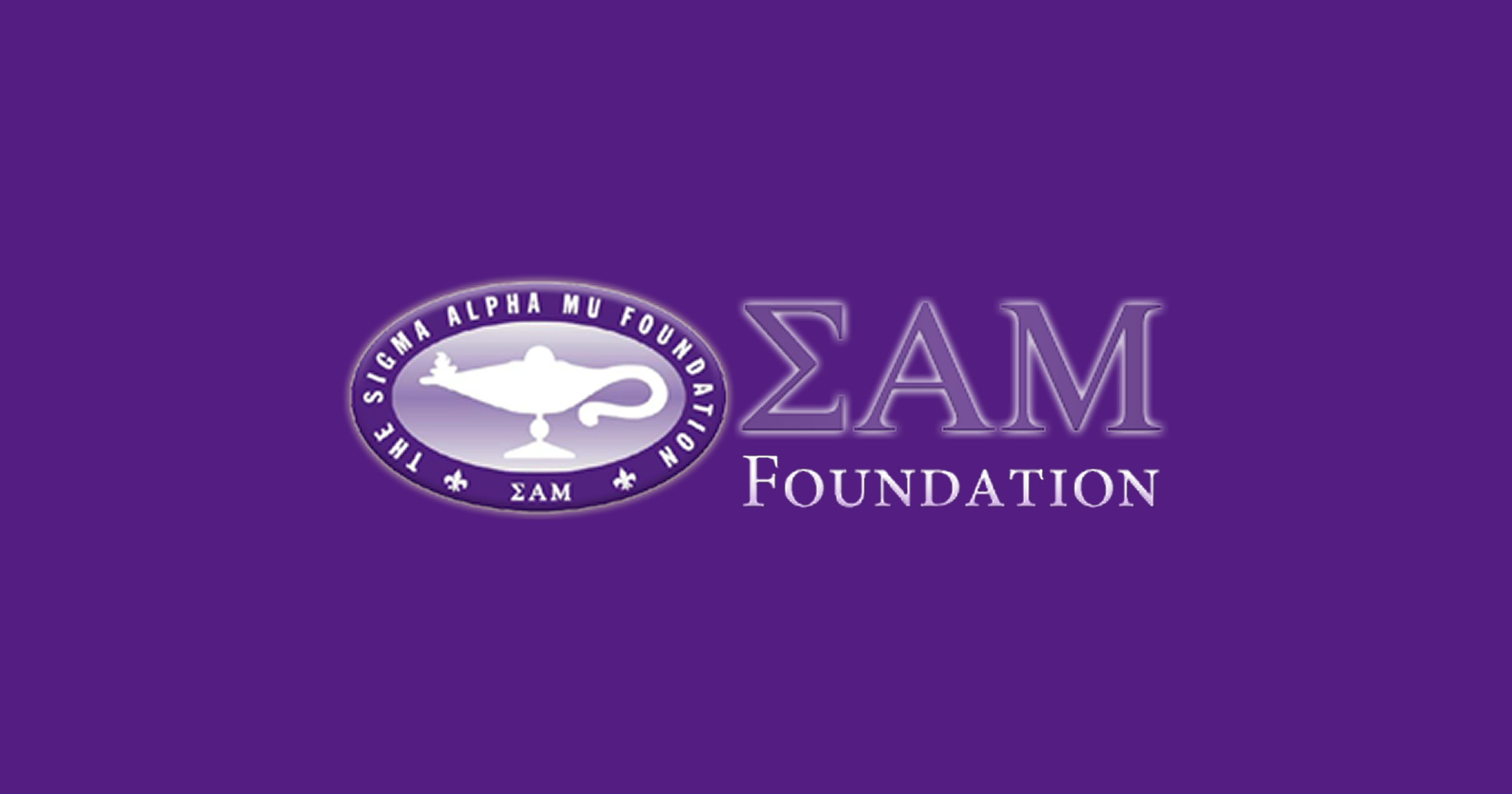From Homework To Scholarship Applications: Smartphones Can Handle That!
Back in 1996 (only 20 years ago) hardly anybody would have imagined what technology was going to mean to our society, especially when it comes to education.
Most educators these days can agree that technology has changed the way they are teaching and how students are learning. These educators have had to adapt to a new way of teaching that is aligned with the evolving needs of their students.
The impact of such change in technological advances have reached students as young as kindergarteners all the way to college ages. Kids these days like to communicate mostly via text messages, which are saturated with a new vocabulary that was developed as a need for a more efficient and fast way to get in touch with others.
For some high-schoolers, Power Point has now become a thing of the past and has been substituted by apps like Glogster, where students create a multimedia poster to show what they know about a topic. Free apps like Dictionary.com and Duolingo can help students with English and foreign languages subjects, while 5-stars apps like Mal Math can help them solve serious math problems.
Technology facilitates our ability to extend classroom community and has definitely changed education in various aspects, but it has also allowed students get ready to extend their knowledge. As Charlie Wells quotes in his article on WSJ.com, “high-schoolers have made phones essential for doing their daily homework, classwork and research projects. Even when they have a computer or tablet at their fingertips, many students prefer to use a mobile phone for projects most adults wouldn’t undertake without a keyboard and mouse.”
For this same reason, online application software like SmarterSelect was developed to connect academic institutions with scholars, allowing students to apply for scholarships, grants and awards through their smartphones or tablets. SmarterSelect understands the needs of its users, and as a result it offers a user interface (UI) that is not only user-friendly but also mobile responsive.
The UI allows users to complete the application process in simple steps that involve filling out personal and academic information, requesting recommendations, and attaching files. In addition to having a simple process with a clean look, schools can also easily notify users of application status changes or critical program information via text messages and email.
If you are an educator or a student, we would love to hear from you! Please share in the comments other ways smartphones and tablets have changed your classroom.


